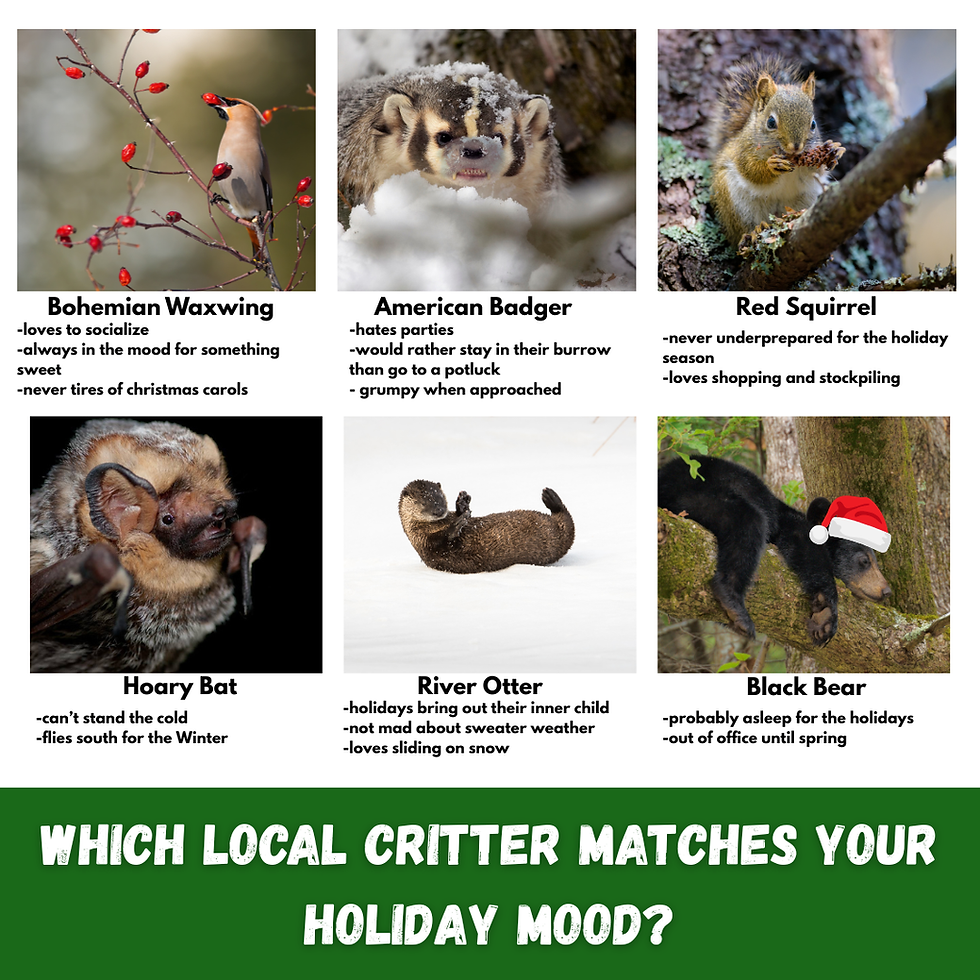Cultivating Conservation and Collaboration
- osstewardship
- Nov 6
- 2 min read
Nestled on the Naramata Bench, local growers are proving that agriculture and nature can thrive side by side. Along Aikins Loop, Elephant Island Winery and JoieFarm Winery are blending the art of winemaking with the science of stewardship—planting native vegetation, attracting beneficial insects, and strengthening their vineyards.

Through the Farming With Wildlife initiative, a project led by Okanagan Similkameen Stewardship (OSS), the two vineyards partnered to install a 535-plant shelterbelt and hedgerow along their shared fence line. Planting a hedgerow or shelterbelt is one of the most effective ways to bring balance back to a farm. Across the Okanagan and Similkameen, these native plant strips draw in pollinators and beneficial insects that naturally manage pests, which is a win-win for farmers and ecosystems alike. This project, supported by the South Okanagan Conservation Fund and the Sitka Foundation, stands as a living demonstration of how nature-based solutions benefit both crops and wildlife.

Over two days, OSS staff and partners planted the shelterbelt with a customized mix of native shrubs and plants designed to support pollinators and beneficial insects common to the region. The plant list includes flowering species such as rabbitbrush, mock orange, and Nootka rose, species that provide habitat for lacewings, lady beetles, and wild bees. These bugs are all vital allies in Integrated Pest Management (IPM).
“Native plants bring balance back to the farm,” explains Stewardship biologist Lia McKinnon “When you build habitat for beneficial insects, you create a natural pest management system that reduces the need for chemical inputs. It’s a win for the grower, the soil, and the ecosystem.”
The new shelterbelt will filter wind, stabilize soil, boost biodiversity, and offer food and cover for birds and small mammals that help control pests. It’s a tangible example of how simple, science-based actions can create meaningful change across working lands in the Okanagan.
Nature-Based Solutions in Practice

The Farming With Wildlife initiative showcases how nature-based solutions strengthen the resilience of agricultural landscapes in a changing climate. Hedgerows and shelterbelts not only moderate wind and improve soil health, they also link habitats across the Naramata Bench. This contributes to a larger mosaic of farms, riparian zones, and natural areas that form the valley’s ecological corridors.
Each new planting is a small act of restoration, helping to reverse decades of habitat loss from development and intensive cultivation. Together, these projects form a growing network of stewardship sites bridging the gap between conservation and cultivation.
When growers like Miranda and Del Halladay (Elephant Island), and BJ Tumanut and Richard Charnock (JoieFarm), invest in native habitat, they’re rebuilding the ecological foundations of the landscape—and reimagining what a productive farm looks like: a farm that includes wildlife as part of the working system.
A Model for Collaboration
Okanagan Similkameen Stewardship supports landowners throughout the region in caring for the habitats on their properties, offering technical expertise, native plants, and recognition for conservation leadership. Projects like the one on Aikins Loop highlight how collaboration can yield lasting benefits—for farmers, wildlife, and the landscapes that connect them.
As the native shrubs take root, the fence line between Elephant Island and JoieFarm will tell a new kind of story—one of resilience and shared stewardship. In Naramata, farming with wildlife isn’t just possible, it’s the path forward.








Comments